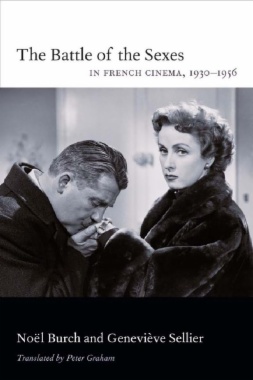

The Material Measurement Laboratory (MML) of the National Institute of Standards and Technology (NIST) comprises six technical divisions and two offices. The two offices manage programs related to NIST standard reference materials and NIST data products or standard reference data. The technical divisions engage in research and development of the measurement science, standards, technology, and data required to support the nation's need to design, develop, manufacture, and use materials. These divisions interact extensively with both industry and public institutions to advance the economy and provide tools for the creation of knowledge.
This report assesses the scientific and technical work performed by the NIST Material Measurement Laboratory and makes actionable recommendations to support MML in the achievement of its objectives.